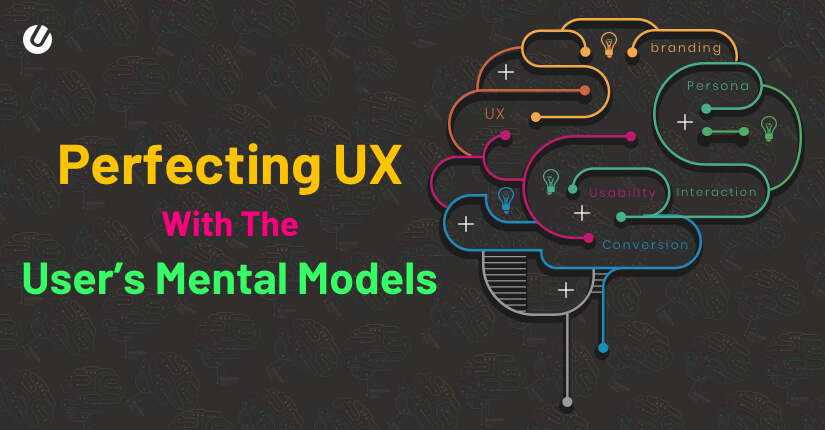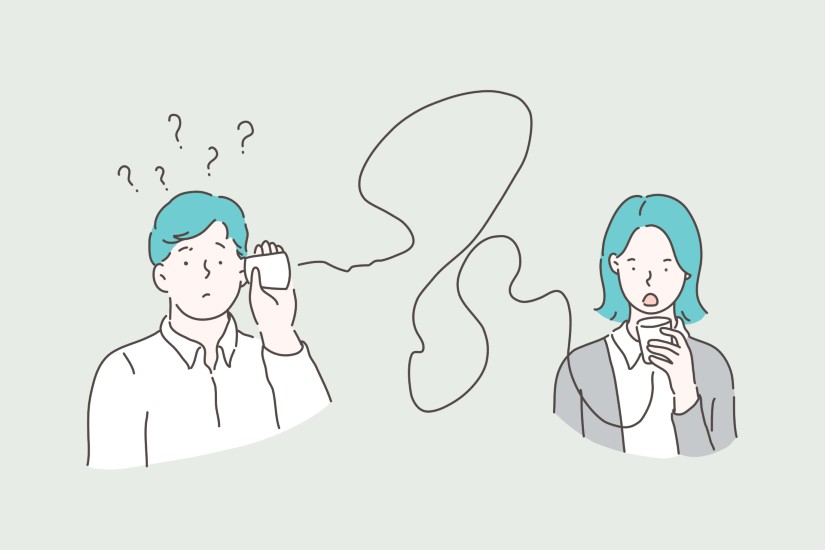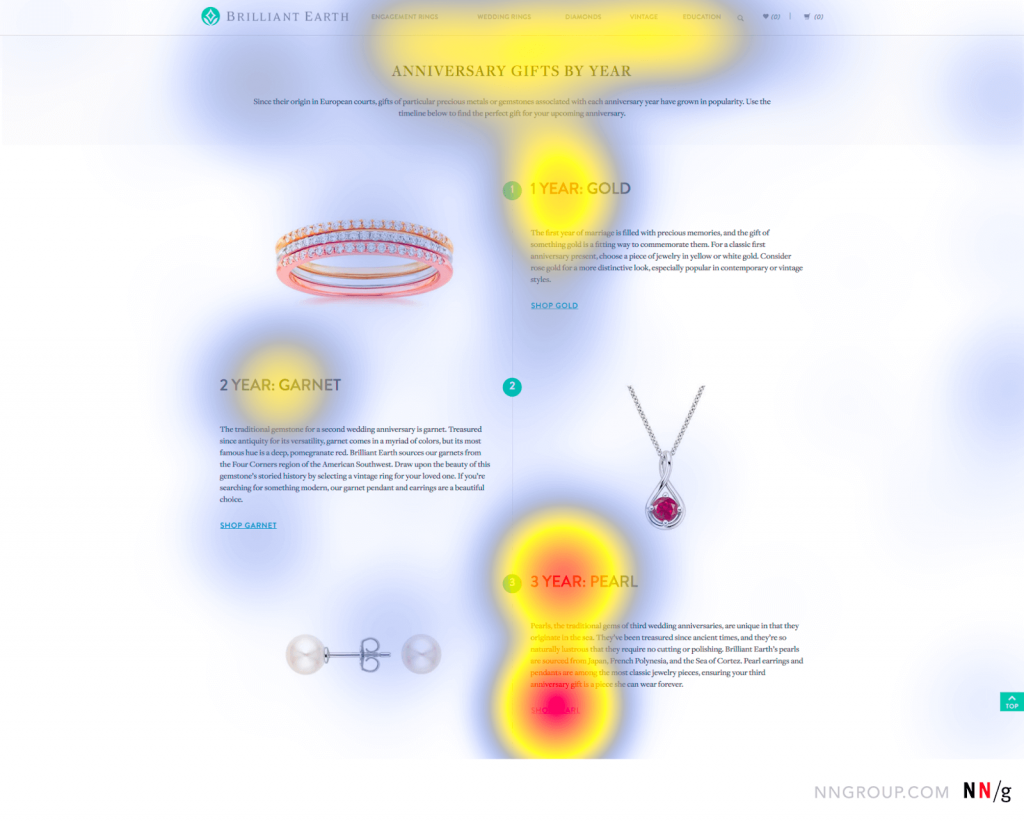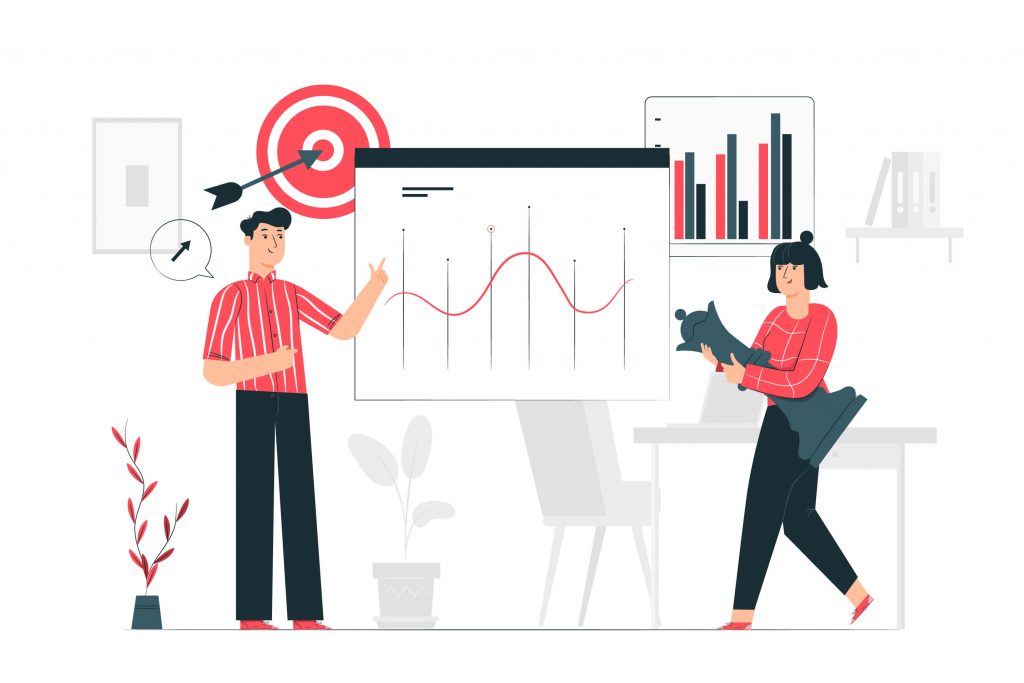Unlock Expert Advice with Zero Commitment.
We’ve Eliminated the Barriers.

Imagine being handed a smartphone.
Not yours, someone else’s. A completely different model, build, and company.
And yet, you’ll know exactly how to turn it on and work it. Wouldn’t you?
Wonder why that is? Because regardless of the company, you have a basic knowledge of smartphones and how they work. This basic knowledge, cultivated through years of experience, has created a mental model. And this basic concept helps the population to work with any smartphone no matter how different it might be.
The human mind works in mysterious ways. And for effective product design or simple experience design, a mental model-based approach is a superior choice. Now, let’s delve a little deeper and find out how designers can apply mental models to improve UX design. And maybe along the way, I’ll talk about our own method and how it works.
So, what is mental model in UX design?
We talked a little about mental models in the intro, but let’s work on understanding it better.
If we follow the official definition of Mental models, then it will look something like this-
“A mental model is based on belief, not facts: that is, it’s a model of what users know (or think they know) about a system such as your website.”
Going by the definition, a mental model is a user’s concept of how a platform is going to work. Based on the experience with various platforms, the user creates a process in their mind. This mental process tells them how to interact with similar platforms. This is not a collective process though. Every user has a different concept of how things are going to work on a website. That is why often designers face conflicting opinions when applying the mental model UX design process.
The preconceived notion a user holds about the platform is an important part of the whole design process. Whatever the users know will encourage or discourage them to adapt to the platform. And that is why it relies solely on the designers to create a website model design fit for user expectations.
Let’s talk about the benefits of UX design based on mental models. But before that, let’s look at the one issue every designer will face during this application.
The main challenge of this specific approach is the misalignment of conceptual models between the designer and the user. This can sometimes result in UX that does not satisfy the latter.

It is bound to happen. Obviously, a designer knows more about the design than an average user. They know more about the inner workings of the design and what purpose each element is serving. But an average user does not know about the individual purpose of every design element. And that’s why it’s hard for them to understand the designer. This failure/inability to connect with the user’s mental models can prove to be problematic for the platform.
And that’s why it is important to know how to create and apply a mental model.
Here is a brief rundown of how our process works on integrating this important element in the UX.
Understanding how to design using mental model is not an easy task. But for us it is important. Otherwise, we won’t be able to design UX that speaks to the consumers without using any words. So how do we do it? Well, here I am going to tell you all about how we integrate mental models in the UX design process. This is going to be all about how to create designs that fit into the user concepts and encourages conversion.
Anyone in the design and development world knows what a user persona is. It is a fictional representation of the ideal user. This is complete with all the relevant data that helps the entire team to understand the website model design.
Over the years we have started to put more importance in creating user personas before actually beginning with the process. Without understanding what the users want, we can’t design the right interface. So we proceed with these three questions to gain a better knowledge of the target demographic.
The three questions respectively answer the main questions for building a user persona. What kind of demographic we are going to target with the UX design. What they need based on their identity (including details on geographical location, professions, age, income, etc). And what is preventing them from solving their problems? This will help us in creating mental models for the later stages of design.
After completing this, we move onto empathy mapping based on the user persona details.
Empathy mapping happens to be a powerful process. It works as the first step towards curing discrepancy between the user and the designer thinking.
The process is a collaborative visualization of the user’s needs and wants from a product. This is based on their experience throughout the process.
Our design and development process includes an empathy mapping based on the four cornerstones of user interaction. This helps us to create a functional mental model framework. Here is an example –
The four quadrants described in the above image give us a four-dimensional understanding of the user’s mind. It goes deeper than the basic bullet points based chart on what the users want. We get to find out what the user thinks, experiences, and says about the UX and most of all, how they are using the UX.
All these together help us to understand mental models that are guide perceptions and behavior.
This method externalizes the user information to the team. It helps the team as a whole to understand what the users need from the platform. And it is not just a simple process of understanding what users want. This is a complete process that helps us to analyze the user’s thoughts on how the platform should work.
Card sorting is another unique process we use to gain insight into how the user applies mental models to a new design.
The process begins by listing all the website elements on paper or cards. Then the target users/participants are asked to sort the cards into appropriate categories.
Based on the categories, there are three varying kinds of card sorting techniques that can be applied.
The card sorting process gives the designers an idea about what the user wants to see on the webpage. It provides insight into how the user wants the information to be sorted on the page. This is a direct process for the users to convey their version of the UX to the designers.
Heatmaps are one of the best ways of looking at data on how the user interacts with a web page. It is a visual representation of which areas of the page are getting more interaction. With this, we can look at the cohesive data on elements of the web pages the user may or may not click on.

For the mental models based UX design purposes, we use a few different types of heatmaps. Here is a rundown of all of them-
Next, we move onto the market research part. This is for a better understanding of what kind of trends are popular at the moment.
The fundamental aim of conducting market research is not only to understand the profit loss scenario of the market. Rather it is to understand the trends in the market, and how the users are warming up to those trends.
There are common elements used to create UX solutions, as one would find if they compare two different websites. Common design patterns like the hamburger menu, are repeated across a variety of websites.

Imitating these and other common elements of design is not exactly a bad practice. More often than not, the mental models are based on the popular trends of the market. And that’s why with market research we can get better insights into the popular trends and design accordingly.
The right market research process helps us in gaining insight into how others are using trends and the user reaction to the changing trends. This assists us to create a design strategy based on what the end-user expects based on this information.
After collecting all the data, it is time to create a design blueprint that uses the mental models in designing the UX.
The design strategy is an amalgamation of corporate strategy and design thinking. The aim of the corporate strategy is to complete the goals of the business, eventually assisting the business to grow. The aim of design thinking is to invent solutions for any problem preventing users from performing an action.

Usually, the perfect design strategy is supposed to be a balance between business and customer goals. But we like to keep our design strategy end-user centric. It fills the inconsistencies between the imagination of the end-users and the reality of the UX. And in doing so creates an experience advantageous to both parties.
A frequently asked question is why use mental models when the design process can work without it? Well, the assumption that the process of design can work fine without mental model analysis is not wrong. But as a web design agency based on a major city like New York, we like to leverage the amazing benefits of mental models, to give our clients an edge in the market.
Conducting the design process based on guesswork is not efficient. It is a lot like throwing stones in the dark about what kind of UX solutions the user will like. We like to aim for a data-based process that helps the us to create design befitting the user’s mental models.
The discrepancy of mental models is an obvious issue for design processes. And that’s why we leverage any kind of information we can get to conduct the design process.
There’s no doubt that the design process is time-consuming. And the longer it takes to interpret and perfect the process, the cost of development will increase as well. And that’s why we leverage the benefits of mental models and reduce the design time.
It gives us a fundamental idea of what works and what doesn’t, and we start to build with it. Backed by the right kind of data, we finish the process of UX design without taking any extra time. This practice also reduces the development cost for our clients.
We consider innovation to be a fine thing, as long as it serves the users.
The use of mental model diagrams helps us to keep track of the trends the users are excited about. And then we reinvent them using our fundamental abilities of innovations and creativity.
For us delivering an interaction design model tailored to user imagination is crucial, hence the use of this special technique.
The users love it when a solution fits them just right. And the best way to make that happen is to understand what they expect and want and deliver accordingly. Our use of the user’s mental model is aimed to create bespoke UX solutions for the users. These customized solutions ensure the return of the users on the same platform in the future, helping with customer retention.
In the end, only one questions remain- why choose a mental-model based process for the UX design for the platform?
The answer is simple. The success of any business very much depends on the users. Those days are gone when users had limited options and had to choose among a few options in the market. Today the market is global, and there are more rivals in the market than it used to be. And to succeed in a global market requires listening to the customers.
The use of mental models is just one of those ways of listening. so if you are planning on applying mental models for the UX design of your platform, then let us know, we would be more than happy to help.
We’ve Eliminated the Barriers.
We stand by our work, and you will too.